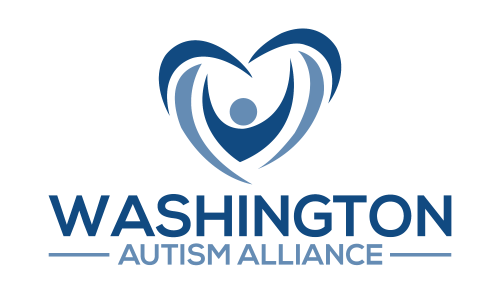Autistic Spectrum Disorder (ASD). Not a term that rolls off the tongue easily but increasingly big corporations such as Microsoft and SAP have launched programs to attract candidates with ASD for roles which require certain skill sets. ASD is the name for a range of conditions that affect the way a person sees the world, processes information and interacts with people. The term covers high-functioning autism such as Asperger’s.
Under-employment is high among autistic adults. Only 14% of adults with autism held paid jobs in their communities, according to the National Autism Indicators report published by Drexel University’s Autism Institute. The report looked just at those who had received state developmental disabilities services. About one-fourth of adults with ASD had community employment as a goal in their service plan.
It’s a similar story in the UK, where only 15% of autistic adults are in full-time employment. This compares with 57% of non-disabled people of working age in the UK, according to government statistics.
One of the first big corporates to recruit individuals with ASD was Microsoft which started its “Inclusive Hiring for People with Disabilities” program three years ago in the US.
“Our goal is to help reduce the unemployment rate for people with autism. People with autism are under-employed and we have roles that would be good for people on the spectrum,” explains Neil Barnett, director of inclusive hiring for the software giant.
Microsoft’s program recruits for technical roles such as a software engineer and data scientists. “We’re looking for individuals with attention to detail and problem-solving skills and that is a sweet spot in technical roles. Our current program is based in our headquarters in Redmond, Washington but we have plans to extend it outside the US,” said Barnett.
One of the after-effects of Microsoft’s program has been to encourage self-disclosure among existing employees, added Barnett.
Microsoft has adjusted its recruitment process to accommodate candidates with ASD, explains Barnett.
At the traditional interview process it’s one day but for the program it’s now five days. We’re really trying to get to know the individual and let them showcase their talent. It’s about getting to know the candidate and work on team-building and then on day three, we do a mock-interview where we give feedback to the candidate. Of the people we bring in to the Redmond Campus to interview about 50% will get hired.”
Candidates hired by Microsoft have access to a third-party job coach who helps them transition to the workforce and answers questions on transportation. All new hires also have a community mentor drawn from Microsoft’s disabled employees' resources group which is another employee who is a partner or friend or someone in the autism community. The mentor works with the new hire on cultural issues such as meal cards and getting buses around Microsoft’s Redmond Campus.
Once a candidate is hired and onboarded, then they get feedback from a job coach, said Barnett. “They have a community mentor and job coach for three months but they can extend that if they need it. We still have employees using a job coach one year on.”
Barnett is keen to stress that there are many benefits for Microsoft from the program.
Our mission is to empower everyone in the organization. We need a diverse workforce including people with autism and we need to make better products that work for everyone. We’re also seeing the benefits for the managers who are becoming better people managers by providing more feedback and asking about communication styles. More and more managers are getting that feedback and that is a benefit that we continue to look at.”
Although Microsoft is primarily recruiting individuals with autism for technical roles, the organization is also looking at getting candidates into non-technical roles such as finance and marketing, added Barnett. So far, Microsoft has hired 56 full-time employees.
Top tips for recruiting people with autism:
- Check whether your job description is relevant to the job. If it’s a job with minimal personal communication, then is there a need for excellent inter-personal skills? Make sure that the language you use in the job description is unambiguous.
- For application forms, it’s not always obvious what information the applicant needs to provide on the application form. It’s important to provide clear guidance on this and to make sure the form includes a space for applicants to highlight any help or adjustments they want at an interview
- During the interview stage, make sure that the questions you ask are clear and unambiguous. If possible, make the interview as practical as possible.
Source: National Autism Society
This news was originally posted by Karen Higginbottom
Image credit to Shutterstock
Related news:
https://www.washingtonautismadvocacy.org/updates/2018/08/20/job-opportunities-young-adults-autism-spectrum/
Ongoing WAAA Event:
Friendship Matters!
http://www.washingtonautismadvocacy.org/updates/advocacy/friendship-matters/
For registration, please email Fanta Cora <fanta@washingtonautismadvocacy.org>.



